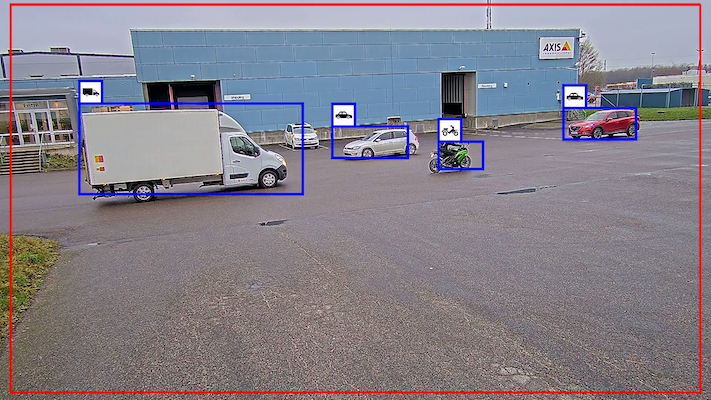
Where are you at with video analytics?
May 1, 2023
By Axis Communications
Brought to you by Axis Communications
The world of video surveillance has changed considerably over the past several decades. Analogue cameras have fallen by the wayside in favour of internet protocol (IP) cameras capable of providing better image quality and vastly increased processing power. This has paved the way for the emergence of video analytics tools that can greatly enhance the value of any surveillance network.
While different individuals and organizations will have different levels of analytics knowledge, one thing remains constant: whether they are analytics experts or just getting started, there are exciting new analytics solutions that can have a significant impact on security, safety and operations.
With that in mind, Axis Communications recently published a helpful new analytics framework titled ‘Building a maturity model for video analytics.’ The paper aims to outline the different levels of familiarity and experience with analytics that today’s organizations tend to exhibit, to help organizations understand where they may fall and help integrators and developers understand how to meet their needs.
Below is an overview of what the paper covers at the beginner, intermediate, expert and developer levels. Read the full publication for a more thorough examination of those levels, including recommendations on the specific solutions organizations may be looking for.

Video analytics can enhance the value of a surveillance network. Image courtesy Axis Communications.
Beginner
Those who are just getting started may have only a rudimentary understanding of video analytics. That’s okay, but it means education is critical. Proper guidance can help beginners explore the available technology and better understand what they can implement without the need for significant expertise. For beginners, security capabilities are usually most important, along with getting up to speed on analytics terminology and concepts like machine learning. Integrators can help identify the specific technologies—and technology partners—that can meet beginners’ needs.
Intermediate
At the intermediate level, users likely have a more advanced understanding of analytics on a conceptual level, but need help identifying the right tools for the right jobs. Intermediate users are generally focused on security, but many may also be interested in additional use cases to broaden their understanding. The knowledge gap is smaller at this level, but the need for education still exists and personnel restrictions may limit what organizations can take on. Intermediate users may want to seek out manufacturers and integrators to understand their goals and begin to realize the full potential of video analytics.
Expert
Experts generally know what they want and have considerable familiarity with analytics. With that in mind, pain points tend to centre around finding ways to integrate the vast amounts of data they are collecting and identify the most relevant information. Expert users often want to unify wide-ranging tools under a single umbrella and integrators can help them find more effective storage solutions as their data needs expand. A ‘one-size-fits-all’ approach will almost never work with experts; they have unique needs. When they reach out to integrators and manufacturers, they will want a thorough and detailed explanation of available products and services.
Developers
Developer needs are nearly as important as customer needs. Manufacturers should identify ways to encourage developers to build new applications and tools for their devices. There are many ways to do this, including providing strong software development kits (SDKs) and maintaining an open dialogue with developers. This helps ensure that manufacturers and developers thoroughly understand the challenges they face and can work together to overcome them. It can also help developers avoid stumbling blocks by ensuring they have proper documentation. Developers should feel empowered to communicate directly with manufacturers, maintaining a two-way dialogue that benefits both parties.

Customers will need advice to help reach their video analytics goals. Photo courtesy Axis Communications.
Analytics technology and the needs of customers, vendors and integrators are constantly evolving. That means it’s important always to be learning. And as applications and use cases change, helping customers understand where they fall on the model and providing them with the support and advice they need to accomplish their goals can go a long way toward enabling them to realize the promise of video analytics technology.
Today, video analytics is a critical component of CCTV surveillance systems, enabling features such as people counting, queue management and crowd detection. If you’re interested in learning more about it, walk through the story of video analytics with our expert Aaron Kamitomo, architect and engineer manager for Axis Communications Canada. Understand their evolution, discover their new capacities and learn how to integrate them into your systems with our on-demand webinar.
